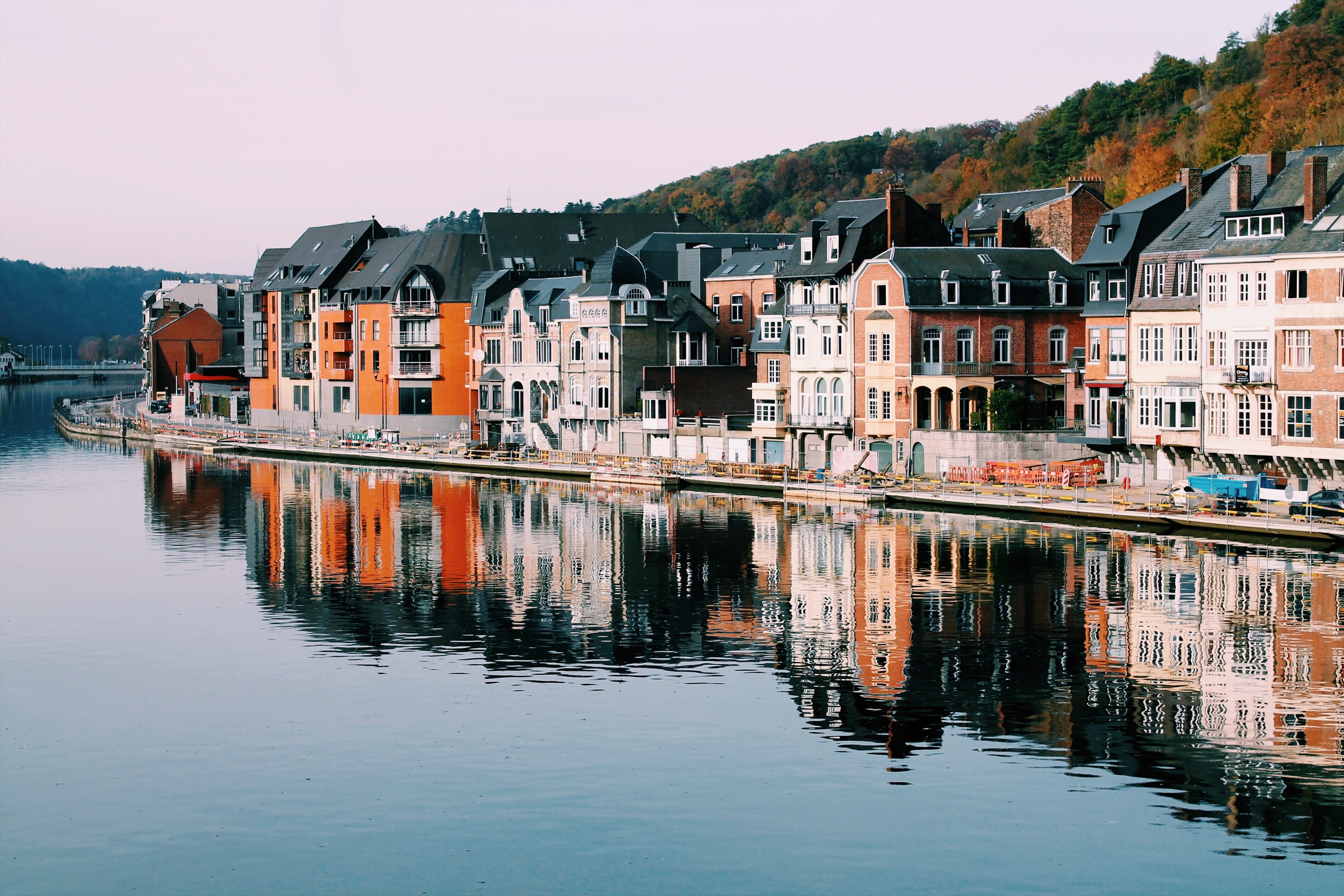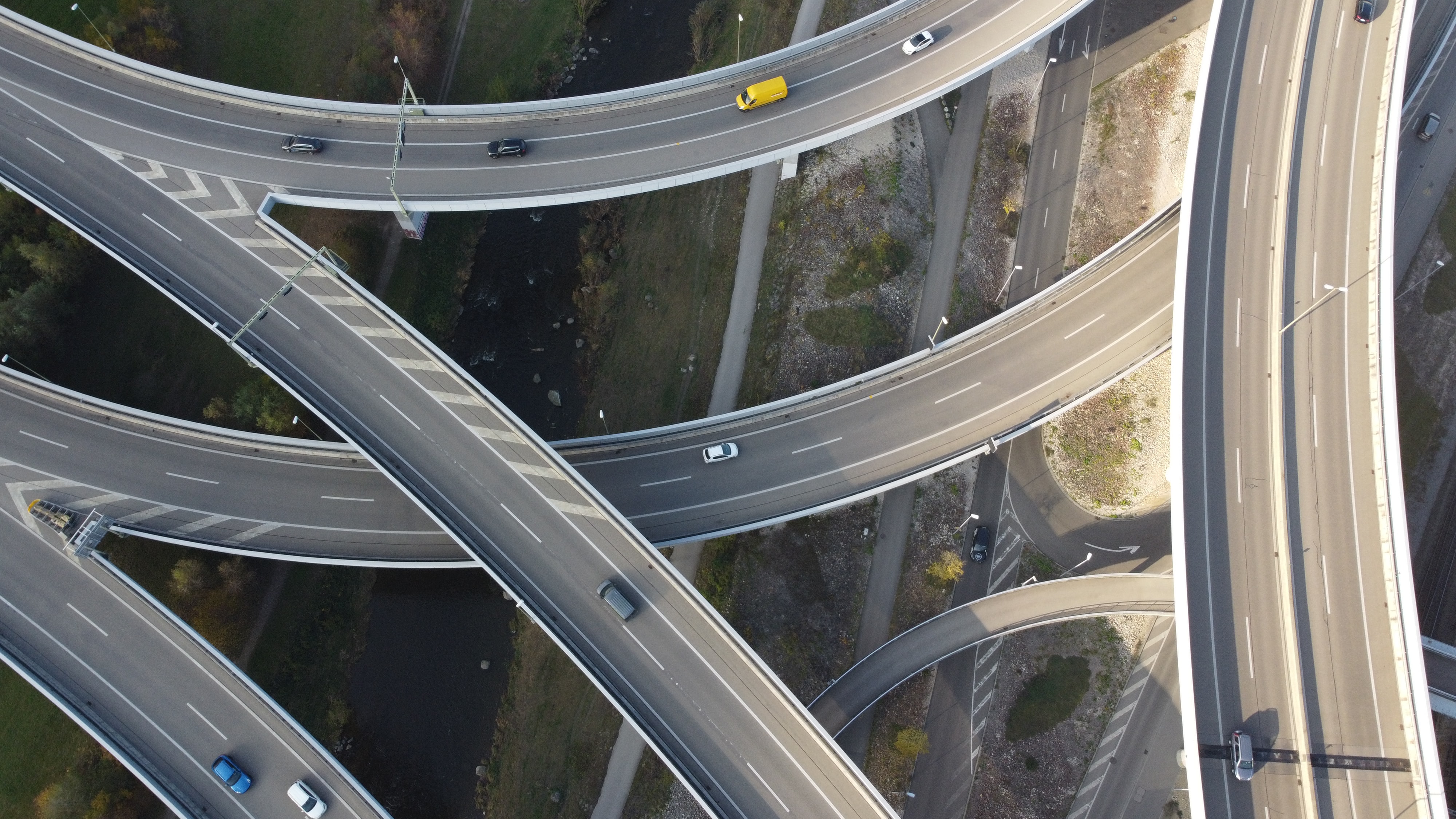1740 results found
Featured results



More results
Drawing on examples and case studies, this report aims to provide a framework to optimise existing infrastructure assets and build new resilient infrastructure, including new strategies capable of ensuring quality and performance over the asset life-cycle.

Technological innovation could fill 60% of the infrastructure investment gap, but first we need to address the barriers to financing. On 17 November 2021, the GI Hub is hosting Financing InfraTech for the Climate Transition to explore solutions to galvanise infrastructure technology adoption at scale.
Today the GI Hub is pleased to announce the appointment of new Directors to our Board of Directors and a new Chair of the Board, and to gratefully acknowledge the contributions of our outgoing Directors.
Today, the GI Hub has launched a new resource that shows how G20 governments are spending the USD3.2 trillion in infrastructure as a stimulus.
Today, the GI Hub has launched a new resource that shows how G20 governments are spending the USD3.2 trillion in infrastructure as a stimulus that has been announced as at August 2021. Our analyses indicate that transport and social infrastructure are receiving a large proportion (roughly 45%) of the investment, and that governments are targeting transformative outcomes – particularly the low-carbon transition, affordability, digitalisation, and inclusive mobility.

India's infrastructure needed substantial investment to fulfill the demands of the growing economy. The Indian government introduced various initiatives to demonstrate domestic confidence to foreign investors, including Infrastructure Investment Trusts (InvITs) as an avenue for infrastructure developers to divest operational projects and reduce their leverage.

This research helps governments and industry ensure that infrastructure investment supports climate mitigation and adaptation, resilience, and inclusive outcomes during challenging economic times.


The Kidston Pumped Storage Hydro project is the first pumped hydro energy storage scheme globally to be developed in an abandoned gold mine. The giant battery located in Kidston, Far-North Queensland will pump water uphill when energy is abundant during off peak periods and releasing it to create power in times of peak demand. The Kidston project is supported by NAIF’s 15-year concessional loan of AUD610m (USD475 million) - debt finance. Genex will provide AUD120 million (USD93 million), including AUD25 million (USD19.5 million) investment by J-Power -equity finance.
The 300MV Victorian Big Battery is currently to be Australia’s largest lithium-ion battery which assists in providing critical grid support services, reducing wholesale power costs for consumers and assisting in the transition to renewable energy in Victoria, Australia. It utilises the System Integrity Protection Scheme (SIPS) which increases import capacity to Victoria by up to 250 MW, reducing the likelihood of unserved energy (USE) from high impact, low probability (HILP) events during summer periods.
Can investment in infrastructure fuel economic recovery? Is there a role for infrastructure in the transition to a circular economy? Hear what insights GI Hub's CEO, Marie Lam-Frendo shared in this interview for the official G20 Italy: The 2021 Rome Summit publication.
Due to rising energy prices, the Dutch Government has placed emphasis on meeting national energy performance objectives through the reduction of fossil fuel consumption. The Dutch Government is seeking innovative solutions to deliver more energy and cost-efficient buildings, as well as achieving Net Zero Energy buildings by 2020. The retrofits include installation of rooftop solar panels and other insulation technologies.
Euro Property Assessed Clean Energy (EuroPACE) is a scalable on-tax financing model to support the deployment of energy saving and generation technologies to European households and the EU’s clean energy transition. The scheme is inspired by the successful US PACE scheme that was introduced in 2008, which resulted in over USD4.7 billion in funded projects, over 200,000 homes over the past four years. Private capital is deployed as upfront financing to homeowners which is repaid through an additional special “assessment” payment on its property tax bill for a specified term.
ChargePoint as a Service installs electric vehicle (EV) chargers for no upfront cost in return for a fixed term subscription CPaaS reduces overhead costs and offer predictable operational expenses CPaaS also proactively monitors stations to identify and fix technical issues remotely and enables businesses to track performance and utilization. Georgia Power (a utilities company in Georgia) and Pivet Atlanta, an automotive company has partnered with ChargePoint to install EV chargers in a major travel corridor.
Cambrian Innovation developed the WEPA to enable food and beverage manufacturers across the United States to implement their solutions to remove wastewater costs, reduce environmental impact, and alleviate capped production at no upfront cost or operational risk. Wineries in Nappa Valley, including Rombauer Vineyards, produced high-strength wastewater (diluted wine) through standard rinsing and cleaning processes putting pressure on traditional municipal treatment plants. In 2018, Rombauer Vineyards was the first replaced existing ineffective treatment system with an EcoVolt Solution from Cambrian Innovation.
Volta, a San-Francisco based EV charging company, partners with retailers, shopping malls, grocery chains, and others to place Volta’s chargers in prime parking spots in front of their businesses. The charging stations will also come with two billboard-sized screens for displaying advertising. An initial 15 minutes of charging is free to customers. California State Government supports the deployment of zero-emissions vehicles and fill gaps in the state’s EV infrastructure.
The City of Paris has used Energy Performance Contracts (EPCs) to refurbish 240 schools in two phases, with a third phase now underway. The refurbishments, tailored to each school, include window renovations and the installation of LED lighting, sensors, insulation and new boiler systems.
The Indonesian Government aims to expand its geothermal energy sector to reduce greenhouse gas emissions. The Green Climate Fund (GCF) and Clean Technology Fund (CTF) are offering USD127.5m in financing, consisting of a senior concessional loan for public sector projects, a reimbursable grant for private sector projects, and a grant for technical assistance. World Bank will also provide USD100 million loan to scale up investments in geothermal energy in Indonesia.
In the Netherlands, the regulatory requirement is that the surface layer of asphalt roads have a whole-of-life span of six years. Currently, 60% of rubble from broke-up old roads can be reused in the construction of new roads, however increasing that percentage of reuse is mostly improbable due to stability and safety concerns. Dura Vermeer, a Dutch construction, infrastructure, and engineering business, has developed the technology to create top layer asphalt which can last up to 15 years (twice as long as current asphalt roads), but costs 10% more than regular asphalt roads.
In Guanajuato, Mexico agriculture accounts for about 84% of water rights. Significant growth in agricultural production and use of groundwater wells have led to a 2 metre annual decrease in groundwater levels. Improving agricultural irrigation practices has the potential to address agricultural water inefficiencies for water-stressed regions like Guanajuato. MWS is a collaborative approach to improve economic outcomes for farmers, create resilient supply chains, and increase water efficiency by using ‘pay for performance’ to accelerate sustainable agriculture practices in water-stressed regions.
Globally, Sub-Saharan Africa experiences one of largest energy access gaps. Electricity reaches only about half of its people, while clean cooking only one-third; roughly 600 million people lack electricity and 890 million cook with traditional fuels. This has a disruptive impact on social infrastructure such as schools and hospitals which lack reliable electricity. A clean energy revolution in sub-Saharan Africa is urgently needed to win the fight against energy poverty.




 Stocktake of InfraTech Use Cases
Stocktake of InfraTech Use Cases

















